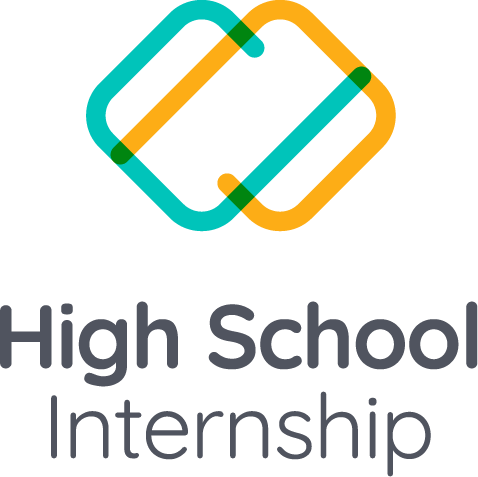My journey with coding began as a 6-year-old in the 90s with Logo. At that time, the computers in my school were still not connected to the Internet, so our teacher wrote all the commands on the blackboard, and we followed the instructions.
One day a classmate & I got our hands on a library book and discovered we could change the screen color from dull black. It was a simple case of changing the RGB values. After a few minutes of playing around, the computer teacher happened to glance onto our screen, and oh boy, we were in for trouble. We got scolded for not following the instructions given in class. The logic was that we would not be ‘tested’ on this; hence it was pointless knowing it.
So, from the next class onwards, my friend and I would take the computer farthest away from the teacher’s desk and keep the monitor at an angle to block the teacher’s view. We did get into trouble, but we learned a lot more. I knew that RGB stood for Red, Blue, and Green and that the interior angles in a quadrilateral add up to 360 degrees. I figured that if the sides of a polygon are the same, the angles will be the same and vice versa. It was only about four years later that I learned that such a polygon is called a Regular Polygon, and someone called Euclid spoke about it years ago (becoming world-famous as the founder of geometry).
“Be curious. Read widely. Try new things. I think a lot of what people call intelligence boils down to curiosity.” -Aaron Swartz
This learning experience has left a long-lasting impression on me and continues to influence my work in education and technology. Here are a few things I have learned:
- Learning to code is for everyone
We know for a fact that not everyone will become a programmer or developer, but everyone will interact and build with technology. Due to this latter part, it becomes imperative that young people today understand how technology works and is developed. For example, I’m not a programmer, but my understanding of how it works helps me guide curriculum, product, and even business decisions.
“Programming is not about typing; it’s about thinking.” – Rich Hickey.
- Learning to code is about thinking and exploring.
Allen Downey, the professor of Computer Science at Olin College of Engineering, writes in this article for The Scientific American that “The ability to execute code makes programming a tool for thinking and exploring. When we express ideas as programs, we make them testable; when we debug programs, we also debug our brains.”
Learning to think (clearly, critically, and creatively) is essential for children. It is the foundation of their future selves. Only when they explore will they truly know what they enjoy and are good at, paving the way to discover their careers and, hopefully, passions! - Learning to code is about solving problems and being empathetic
Ultimately, the purpose of using code is to create tools that solve problems or enhance the human experience. To solve problems, no matter their complexity, one is required to think deeply and ask “why?” multiple times. So coding doesn’t only help develop problem-solving skills but also teaches us to be empathetic. - Coding makes you resilient.
“Bugs” have become a common term now. It refers to a problem with code or software. For example, while learning to code, all children (and even seasoned professionals) will make mistakes, resulting in bugs. To solve these problems, they will have to “debug” their code and find ways to fix it. So, debugging doesn’t just make you resilient it also helps one improve their attention to detail.
PS: Read about the world’s first computer bug here. - Coding is a medium of creativity!
I believe that creativity manifests diverse ideas bonding together in our minds. Coding helps people express their creativity by creating tools like websites, apps, online platforms, or experiences in VR/AR or showcase their mathematical creativity by storytelling with data visualizations or pushing the envelope of art. Check Google’s project called DevArt, a showcase of “people using technology as their canvas and code as their raw material.”
Now, you’ll be wondering how to dabble in code. We’ve got you covered with seven free projects on BSD Online! So do check them out here.
I’d love to hear your experience around teaching students to code, tips, and what tools you use to develop digital skills, including coding in your children.

